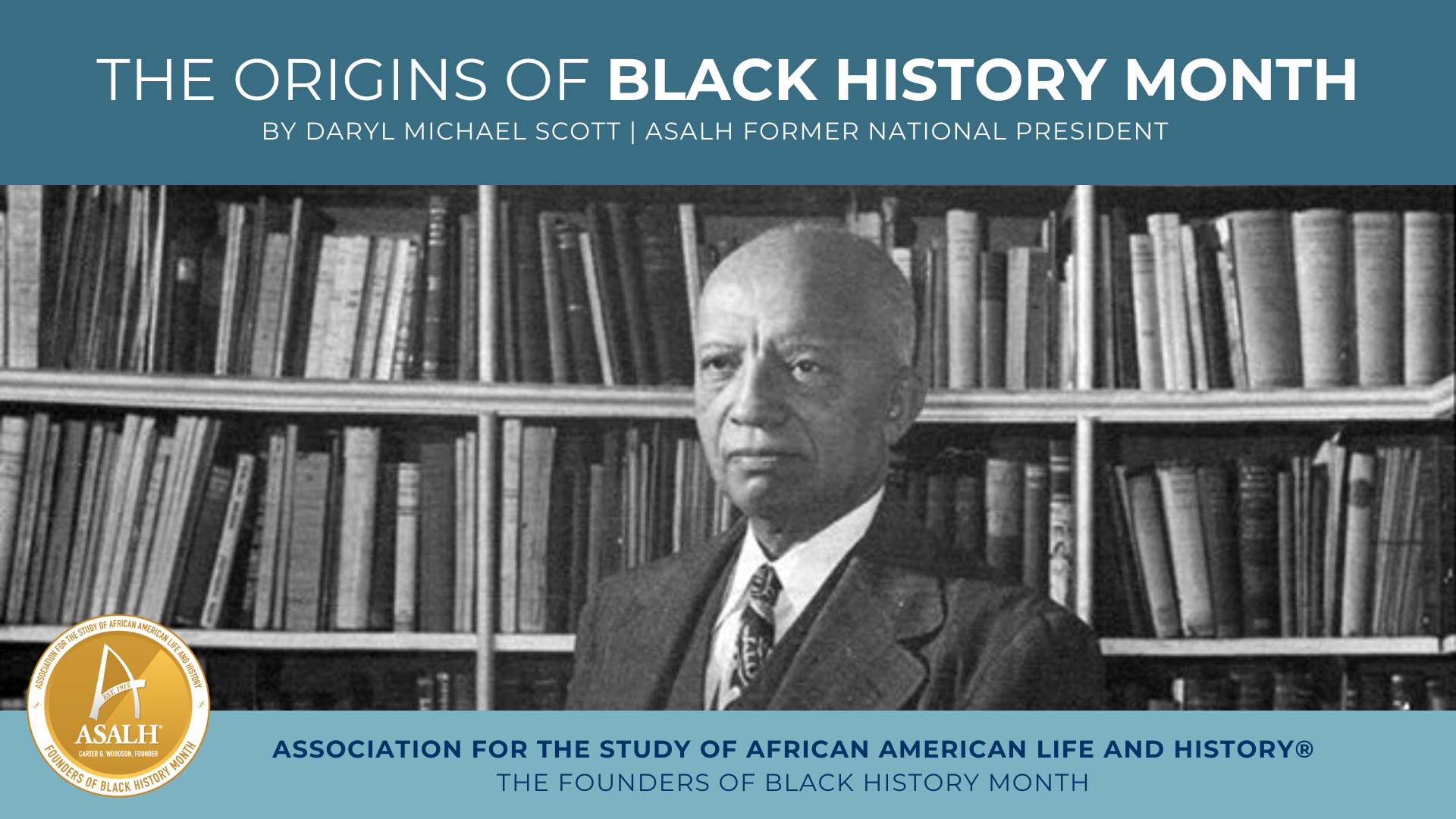

Black History Month was created by the African American scholar, Carter G. Woodson in 1926; it was originally titled "Negro History Week". The Association for the Study of African American Life and History (ASALH) was founded by Carter G. Woodson, "The Father of Black History", in 1915. Woodson founded the Association for the Study of Negro Life and History in 1915, and The Journal of Negro History in 1916. In 1976, "Negro History Week" became "Black History Month." Learn more on The Origins of Black History Month.
2025 Black History Theme Executive Summary
UCNJ Libraries provide access to The Journal of Negro History, as well as The Journal of African American History - the name it is published under today. You can find these journals in our JSTOR and Ethnic Diversity Source Library databases. See also Library of Congress Research guides: Black History Month: A Commemorative Observances Legal Research Guide and Today in History.
African American History Timeline 1500 - 2021 (Visual)
African American History Timeline 1500 - 2021 (Text)
Black History Milestones: Timeline
African American History in the American West Timeline
Global African History Timeline
The Civil Rights Movement Timeline 1905-1975
Black History Timeline of the Post-Civil Rights Era
The Civil Rights Act (1964) National Archives
For more timelines visit BlackPast
Martin Luther King, Jr. I Have A Dream Speech was delivered at the August 28,1963 March on Washington for Jobs and Freedom,
Black inventors and Inventions
"African Americans have been prolific inventors and innovators.
Invisible Changemakers of Industry
African Americans at Work: A Photo Essay
Solidarity for Workers' Rights
Resources from the National Museum of African American History and Culture (Smithsonian).
The Buffalo Soldiers
In 1866, an Act of Congress created six all-black peacetime regiments, later consolidated into four –– the 9th and 10th Cavalry, and the 24th and 25th Infantry –– who became known as "The Buffalo Soldiers." The Buffalo Soldiers' main duty was to support the nation's westward expansion serving at a variety of posts in the Southwest and Great Plains, taking part in most of the military campaigns during the decades-long Indian Wars –– during which they compiled a distinguished record, with 18 Buffalo Soldiers awarded the Medal of Honor. to learn more, check the links below:
The Proud Legacy of the Buffalo soldiers
(National Museum of African American History and Culture)